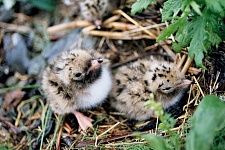Pristine Yamal:one step back, two steps forward

The Shuryshkarsky region is a unique territory within the highly industrialized Yamalo-Nenets autonomous district.
Muzhi village, Shuryshkary district, Yamalo-Nenets autonomous district (north of West Siberian plain). Muzhi village is located 220 km from the district’s administrative centre, the town of Salekhard, and 1,805 km from Moscow. Founded in 1840. Population 3,609 people.
Project Description
The Shuryshkarsky region is a unique territory within the highly industrialized
In 2017, the project aimed to raise public awareness of Yamal’s unique cultural heritage and to promote the area to visitors. Local residents shared their knowledge of nature and wildlife, fishing and hunting practices, as well as folk tales, stories, and recipes for traditional dishes through a specially created online platform Ямалпервозданный.рф. An events programme run by the local museum provided further opportunities for networking and exchanging of ideas. In 2018, special competitions were held for local hunters, fishermen, and foragers. Despite attracting over 5000 participants, the project demonstrated that the local community was not yet ready to take initiative and act independently.
Objectives of the next phase
The project team have decided to take a step back and prepare the local community for further engagement by building trust and connecting with its members. The focus of the next stage will be to create conditions under which volunteering activities within the district can develop and flourish: strengthening infrastructure, building capacity through training opportunities, and promoting the importance and value of community work.
The Shuryshkarsky museum complex will launch a project school aimed at engaging various local communities (schoolchildren, retired citizens, fishermen and hunters, craftsmen, professional associations, clubs, and support groups) in joint social and cultural project activities. An extensive public programme, including a lecture course, a series of talks, tours and site visits, as well as a
The
Gallery
Project team





















